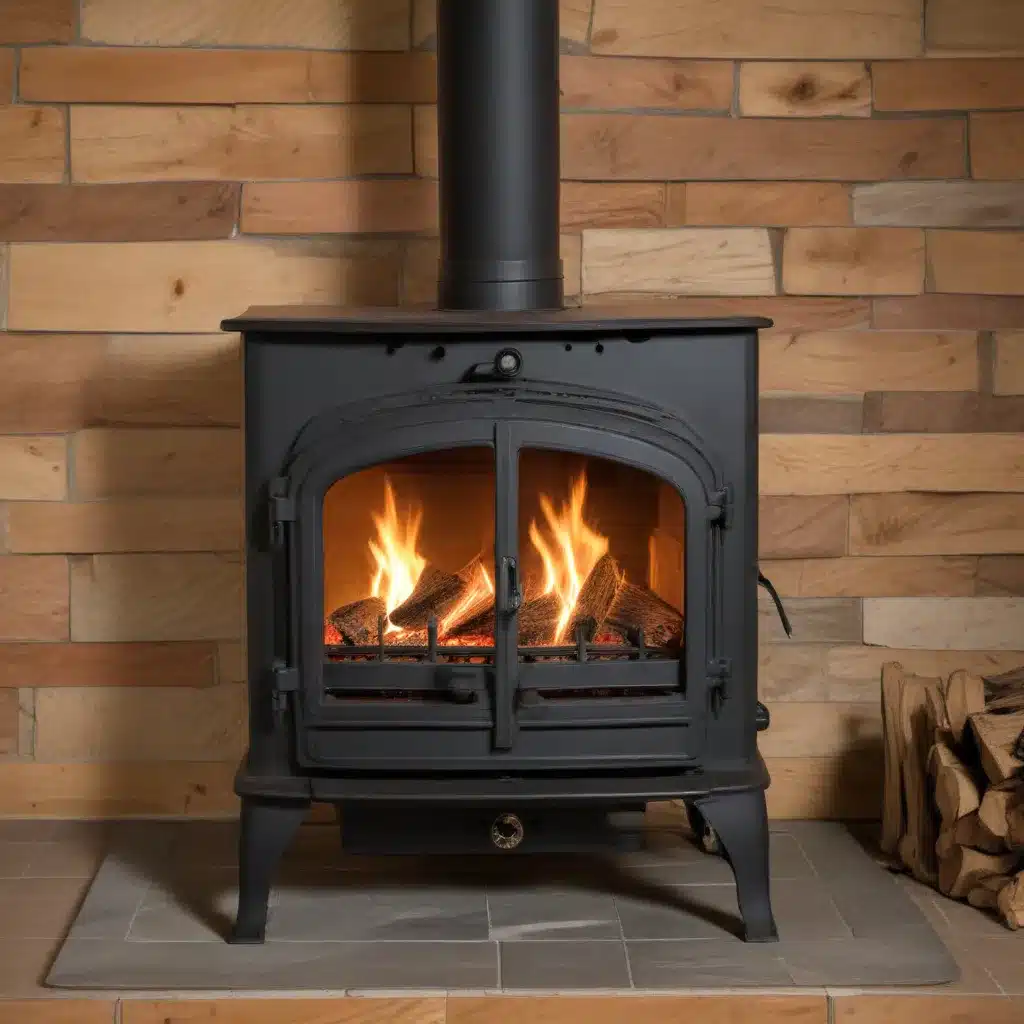
As a seasoned expert in wood stoves and heating solutions, I’m here to provide you with practical tips and in-depth insights to ensure safe and responsible wood stove usage. Chimney fires can be a serious threat to your home and family, but with the right knowledge and preventive measures, you can enjoy the warmth and cost-savings of a wood stove without the risk.
Understanding Creosote: The Culprit Behind Chimney Fires
Creosote is the primary culprit behind most chimney fires. This gummy, foul-smelling, and highly combustible substance is a byproduct of the wood-burning process. When volatile gases given off during combustion combine and condense on their way out of the chimney, they form a hard, flaky layer of creosote that coats the inside of the chimney.
Creosote can take on different forms, ranging from a hard, glazed layer to a fluffy, tar-like substance that can plug up the chimney. Regardless of its appearance, creosote is extremely dangerous and the main reason why chimneys and pipes need regular cleaning and inspection.
Preventing Creosote Buildup: Key Maintenance Tips
Maintaining your wood stove and chimney system is crucial to prevent a devastating chimney fire. Here are some effective strategies to keep creosote at bay:
1. Clean Your Chimney Regularly
Regularly cleaning your chimney is one of the most important steps in preventing a chimney fire. As your stove pipe becomes clogged, you’ll notice decreased draft and more smoke coming from the stove door, indicating it’s time for a thorough cleaning.
You can invest in a chimney brush and extension rods to clean it yourself, or hire a professional chimney sweep. Either way, aim to have your chimney cleaned at least once a year, or more frequently if you use your wood stove heavily.
2. Burn Dry, High-Quality Firewood
Burning wet or unseasoned wood can significantly contribute to creosote buildup. Damp wood burns cooler, producing more smoke and unburned gases that condense in the chimney, leading to a faster accumulation of creosote.
Instead, opt for well-seasoned, dry firewood. Hardwoods like oak, maple, and ash tend to burn hotter and cleaner, reducing creosote formation. Avoid sappy woods like pine, as they can also exacerbate the problem.
3. Operate Your Wood Stove in the “Burn Zone”
Maintaining your wood stove in the optimal “burn zone” temperature range is crucial for preventing creosote buildup. Use a stove pipe thermometer to monitor the temperature and ensure you’re burning hot enough to minimize creosote formation.
Aim to keep the stove pipe temperature within the recommended “burn zone” by adjusting the air intake as needed. This will help ensure complete combustion and reduce the amount of unburned gases that can condense into creosote.
4. Consider Using Creosote-Reducing Additives
While not a replacement for regular chimney cleaning, some creosote-reducing additives can help mitigate the buildup of this hazardous substance. These powdery substances are added to the wood stove and burned, turning the creosote into a more manageable ash.
However, it’s important to use these additives with caution, as their long-term effects and potential health risks are not fully understood. Consult with a professional or the manufacturer’s instructions before using any creosote-reducing products.
Recognizing and Responding to a Chimney Fire
Despite your best preventive efforts, the possibility of a chimney fire still exists. It’s crucial to be able to recognize the signs of a chimney fire and know how to respond quickly and effectively.
The telltale signs of a chimney fire include a loud popping or crackling noise coming from the stove pipe, as well as visible flames or sparks shooting out of the chimney. If you suspect a chimney fire, take immediate action:
- Shut Down the Stove: Immediately close the stove’s air intake and damper to cut off the oxygen supply and smother the fire.
- Call the Fire Department: Dial 911 or your local emergency number to report the fire and request assistance.
- Attempt to Extinguish the Fire: If it’s safe to do so, you can try to extinguish the fire by throwing wet newspapers or a fire extinguisher into the stove. This can help create steam and reduce the intensity of the flames in the chimney.
Remember, safety should always be your top priority. Do not attempt to tackle a chimney fire if it’s beyond your control or if you feel that your personal safety is at risk. Evacuate the premises and let the trained firefighters handle the situation.
Ensuring Proper Wood Stove Installation and Maintenance
Proper installation and ongoing maintenance of your wood stove and chimney system are essential for safe and efficient operation. When installing a new wood stove, it’s crucial to follow the manufacturer’s instructions to the letter, ensuring that the stove is positioned at the correct distance from combustible walls and that the chimney connector is properly secured.
Additionally, regularly inspect your wood stove, chimney, and related components for any signs of wear or damage. Address any issues promptly to prevent potential hazards. Consider hiring a professional chimney sweep or wood stove technician to perform a thorough inspection and maintenance at least once a year.
By taking the necessary precautions and implementing the strategies outlined in this article, you can enjoy the warmth and cost-savings of a wood stove while minimizing the risk of a devastating chimney fire. Remember, safe and responsible wood stove usage is not only about protecting your home but also safeguarding the well-being of your family.
For more information and resources on wood stoves, fireplaces, and sustainable heating solutions, be sure to visit https://woodstoveheaters.com/.


